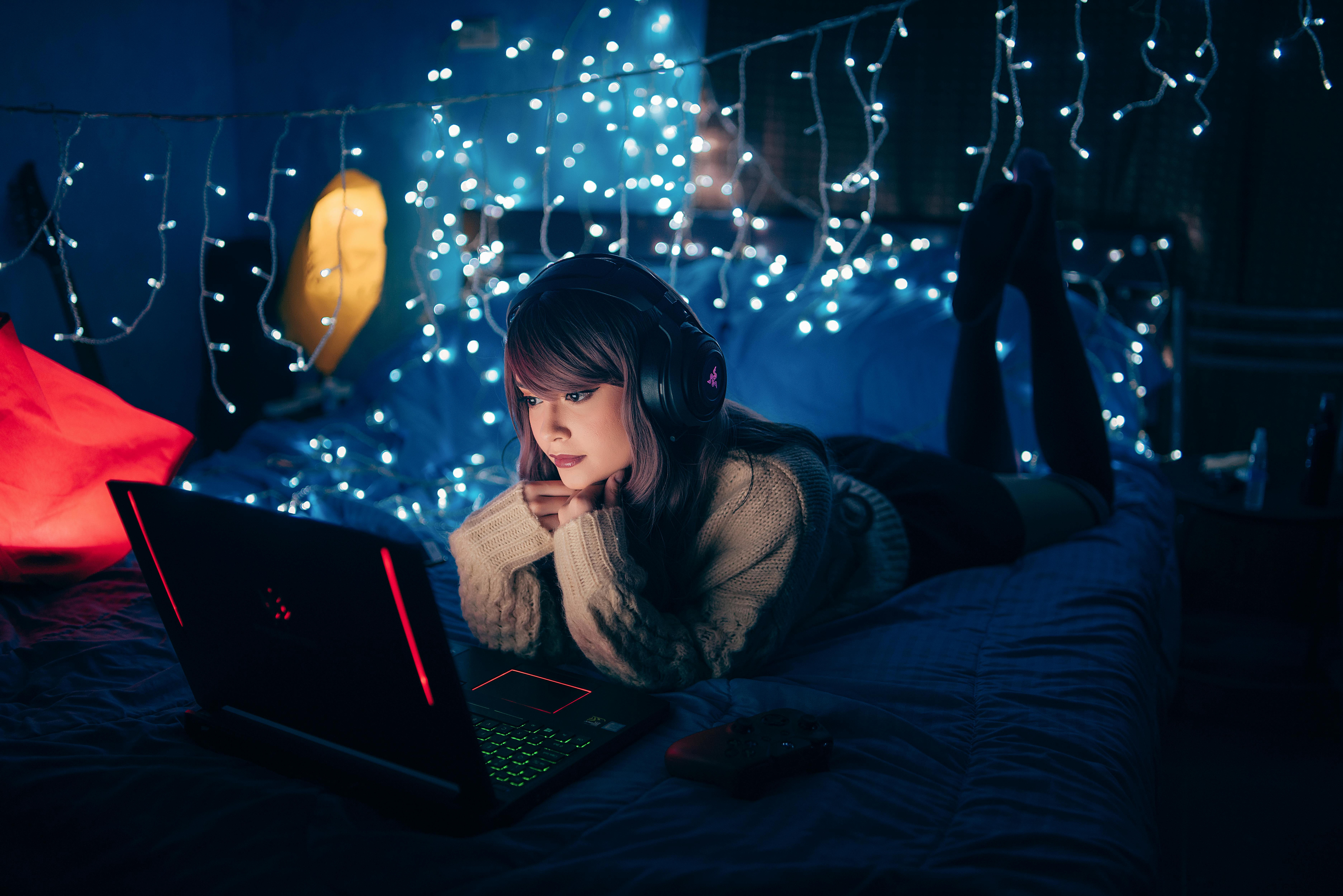
You can absolutely turn your bed into the most comfortable place to play—without giving up visual quality or performance. This guide shows you how to build a bedroom‑first gaming setup around a 14‑inch laptop, add bed‑friendly controls, choose a personal “big screen” that doesn’t strain your neck, keep everything powered and cool, and round it out with quiet, great‑sounding audio.
Why it works: A modern 14‑inch laptop balances power, thermals, screen quality, and weight better than bigger machines. It also plays nice with bed‑friendly accessories—portable stands, AR “cinema” glasses, and low‑latency controllers—so you can lie back and relax instead of perching at a desk.
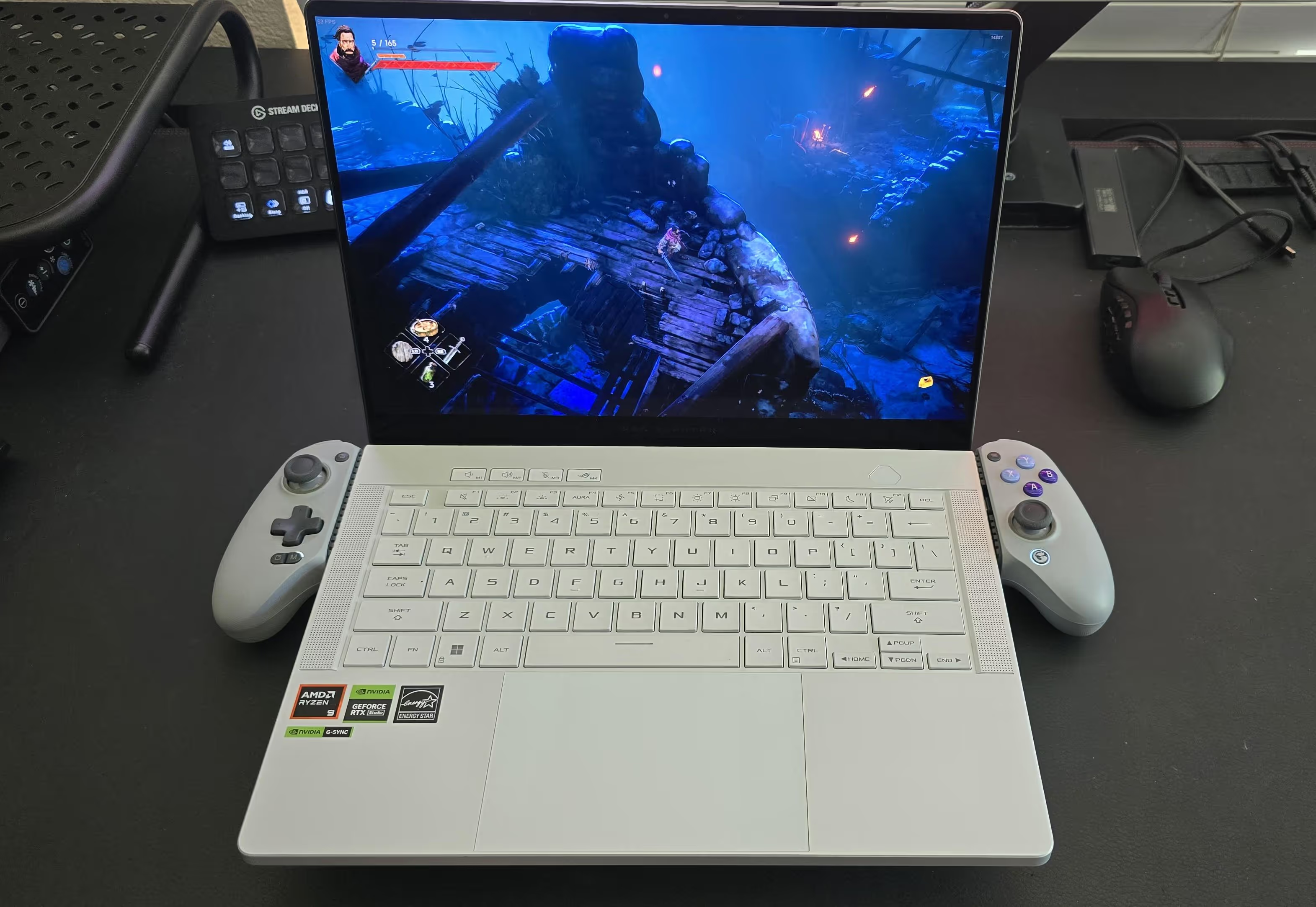
After testing dozens of devices over the past year, I’ve found that a 14-inch gaming laptop offers the best balance of power, comfort, and versatility for gaming in bed. It’s large enough to deliver smooth performance and higher resolutions in modern AAA games, yet compact enough to stay comfortable on your lap or in your hands. Unlike handhelds or tablets, which are great for indie or older titles, a proper gaming laptop lets you play your entire Steam library without having to turn down your settings or resolution:
Recommended 14‑inch picks (choose based on what you value most):
How this ties to the rest of the setup:
Start with the 14″ laptop, then add: a bed‑friendly controller and headphones (Section 2), a personal big screen via AR/HMD (Section 3), and ergonomic accessories (Section 4). Everything below is chosen to complement a compact, powerful laptop you can use every night comfortably.
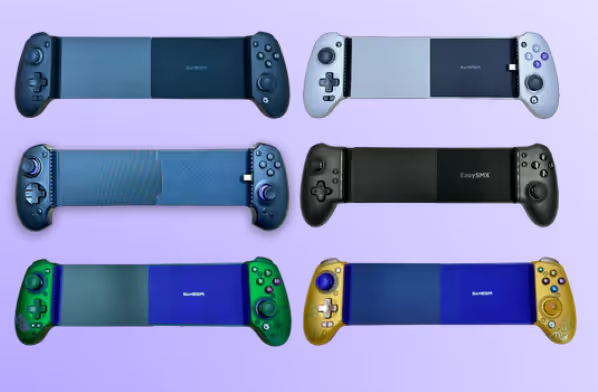
Controllers (two comfortable paths):
Controllers that I like:
Audio (bed‑friendly):
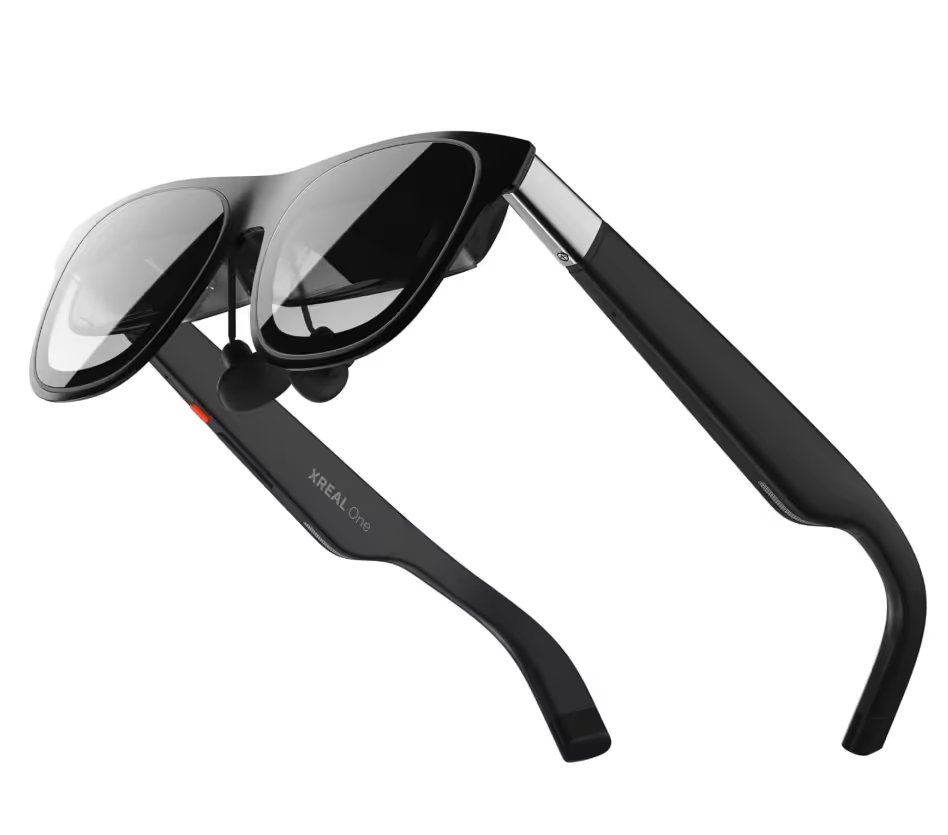
These are AR glasses that give you a big home-theater experience right on your face. Brands usually market them as a certain screen size at a certain distance — for example, Xreal says it’s a 147-inch screen at about a 10-foot distance. That’s the reference point you can go by. In actual use, it does feel pretty large, and it depends a lot on the backdrop you’re “projecting” onto.
Most of these include a blackout shade you can pop onto the glasses so you can’t see anything beyond the lenses, or you can leave it off and see through. I’d play with the shade on so you can’t see through — it also makes the screen look larger.
The biggest downside is you’ve still got something sitting on your face. They can get a little cumbersome on your nose and not be as comfortable over long sessions — at least that’s how it was for me. If you can get used to it or you don’t mind it, they’ are great because you get a very large screen at a 120 Hz refresh rate right on your head without having to hold any device.
They use micro-OLED, so you get that great contrast ratio and per-pixel highlights you expect from an OLED panel. It’s a solid piece of tech that can elevate your gaming experience.
On the newer Xreal, you can “lock” the screen — it has three degrees of freedom — so as you move your head, it keeps the screen in one place in space. Here’s why that matters: it’s not stuck to your exact line of sight like a lot of older models, including the G3 Max.
This also lends itself to watching movies. On a plane, in bed — there are a bunch of different places you can use it and enjoy it.
How it fits the setup:
Set the laptop on a bedside cart, slip on glasses, pick up your controller, and you’ve got a giant screen with zero neck strain and zero glare.
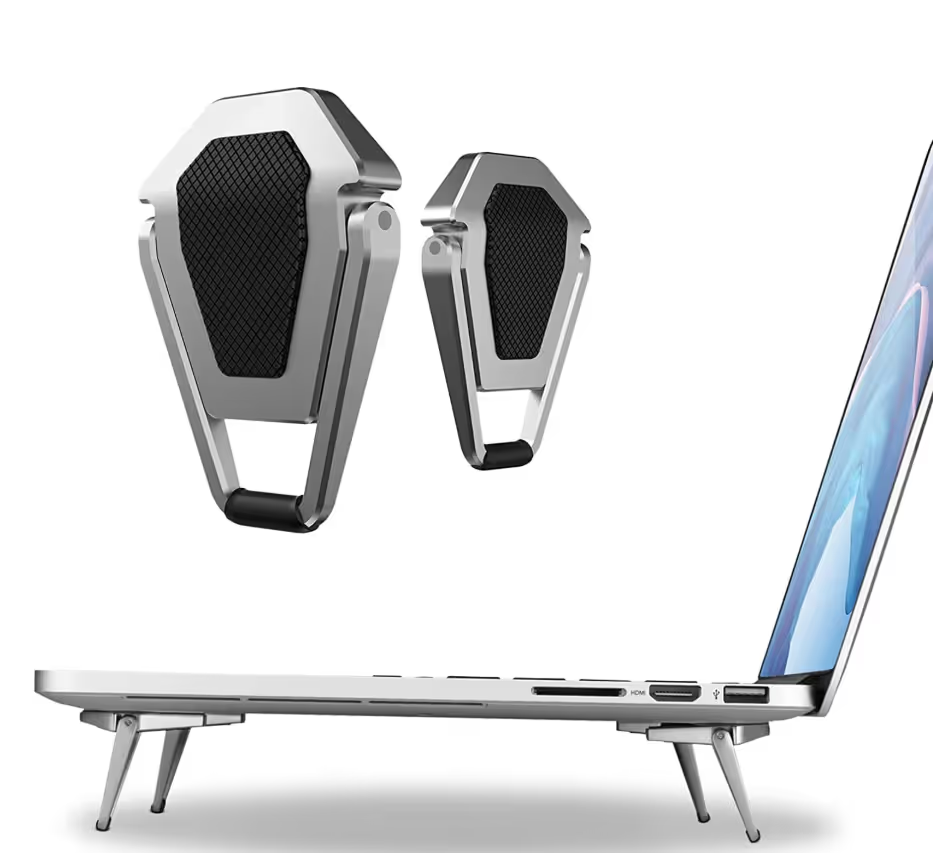
Soft bedding can choke vents and build heat. In order to keep your device from overheating you can use these devices:
Alternative (all‑in‑one) if you’d rather not use a laptop:

Q: Can I really game in bed for hours without throttling?
A: Yes—if you keep the laptop on a stand or tray so intakes aren’t blocked. Even simple rear‑feet prevent blankets from choking the fans.
Q: AR glasses vs. GOOVIS—how do I choose?
A: Pick XREAL for the lightest, most “glasses‑like” feel and easy 120 Hz screen mirroring; choose GOOVIS if you want a sharper, more cinematic image and don’t mind extra bulk and cost.
Q: Will DualSense haptics work on PC in bed without a wire?
A: Most PC games require a wired connection (or specific drivers/software) for full haptics/adaptive triggers. If you care about those features, plug in.
Q: Is a power bank worth it for bed?
A: For lengthy AAA sessions, wall power is still the move. Use a flat‑plug strip so the cable is always ready at your bedside.